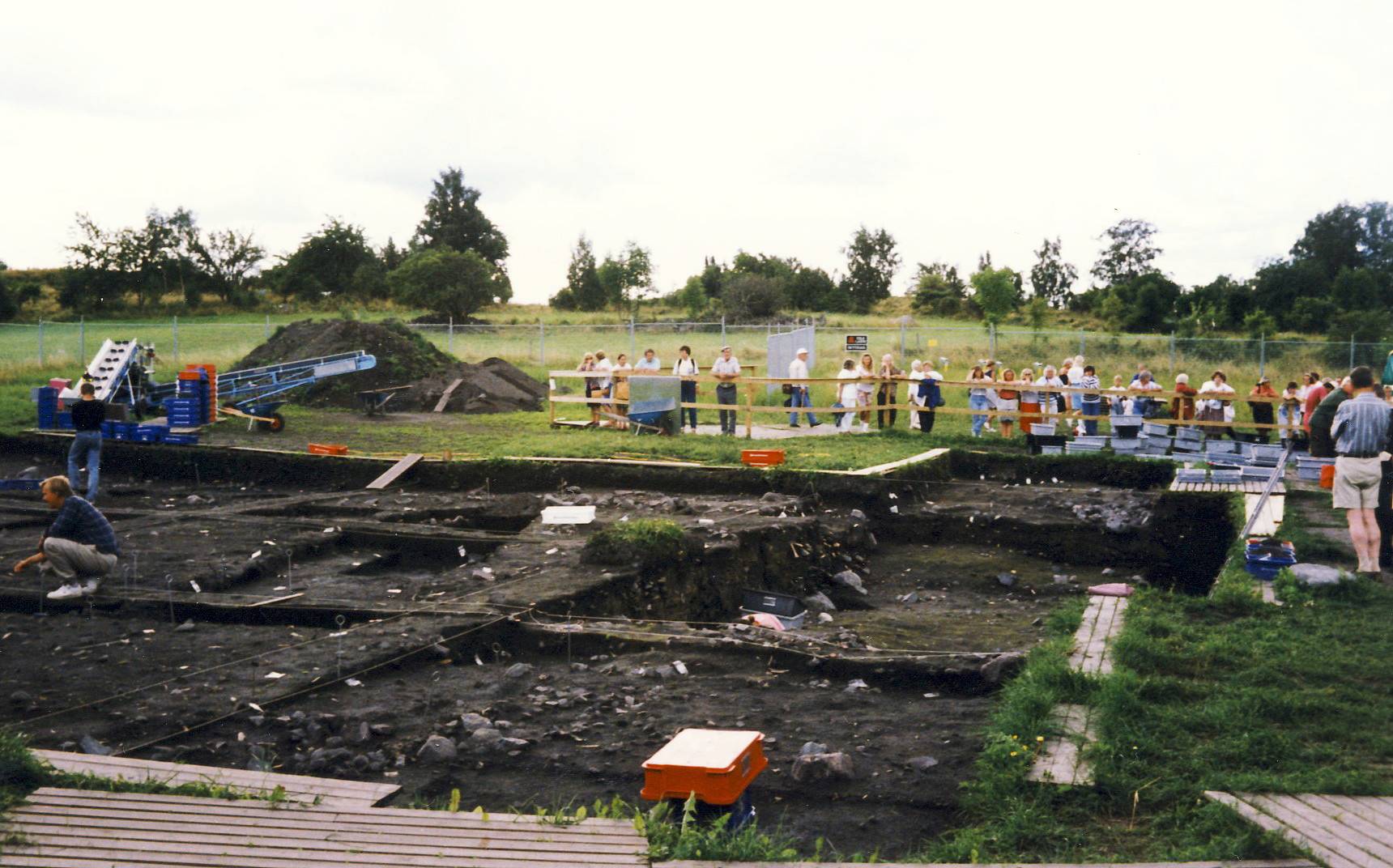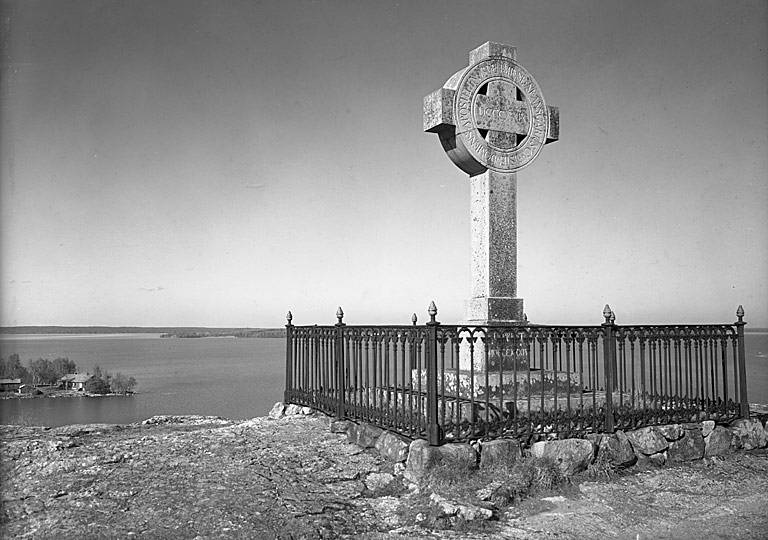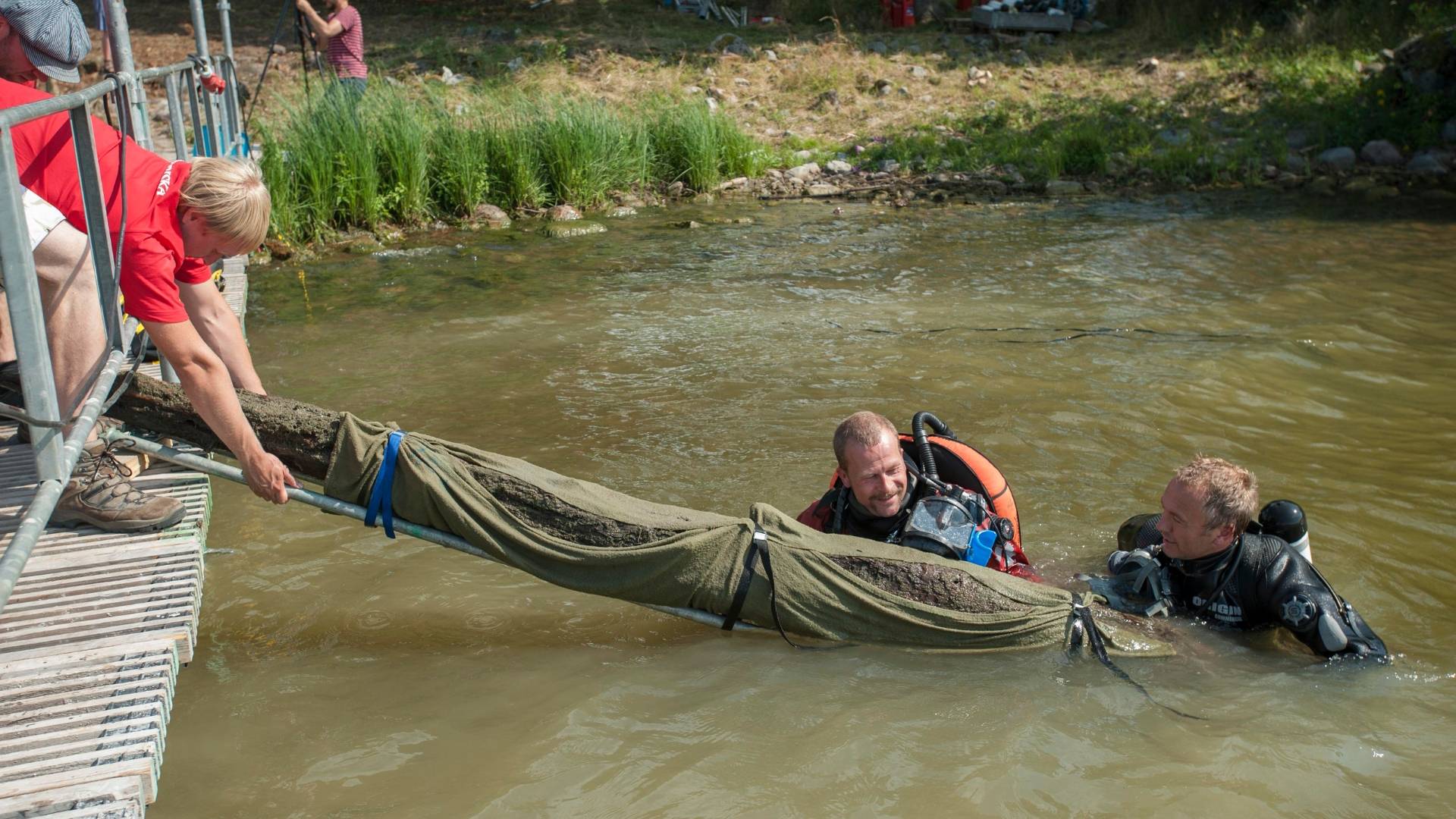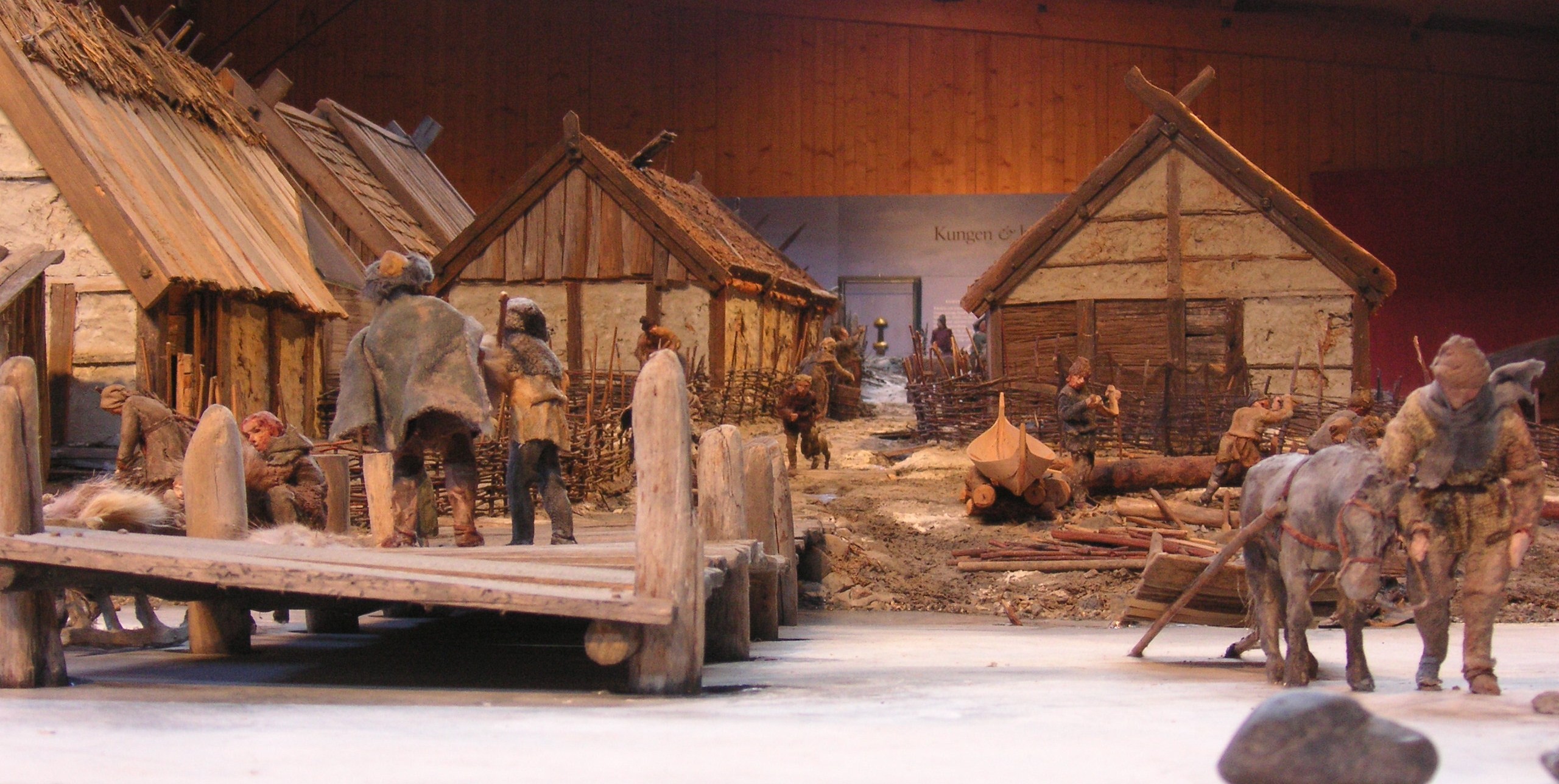The Birka Archaeological Site is a significant historical landmark located on the island of Björkö in Sweden. It is widely recognized as one of the earliest urban centers in Scandinavia, dating back to the Viking Age. Birka served as an important trading hub during the 8th to 10th centuries and has been a treasure trove for archaeologists seeking to understand Viking society. The site includes remains of the ancient town, fortifications, cemeteries, and a harbor. UNESCO designated Birka a World Heritage Site, acknowledging its value in shedding light on the Viking Age’s economic, social, and political aspects.
Get your dose of History via Email
Historical Background of Birka Archaeological Site
Birka was discovered in the late 17th century by antiquarian Johan Hadorph. Archaeologist Hjalmar Stolpe conducted extensive excavations between 1871 and 1895. The Vikings established Birka in the mid-8th century, and it thrived for over two centuries. It was a bustling trade center, attracting merchants from across Europe and beyond. Birka’s inhabitants later abandoned the site, and its functions were taken over by other trading spots.
The town was strategically located and well-fortified, suggesting its importance. Birka’s builders were the Norse people, known for their seafaring prowess. The town’s layout, with its grid of streets, was advanced for its time. Birka witnessed significant historical events, including the spread of Christianity. Ansgar, the “Apostle of the North,” visited Birka in the 9th century to establish a Christian mission.

After its abandonment, Birka lay forgotten until its rediscovery. The site’s significance lies not just in its history but also in its role in the Viking Age’s narrative. Birka’s inhabitants were part of a vast network of trade and communication. This network stretched across the known world, from the British Isles to the Byzantine Empire.
Archaeological findings at Birka include over 3,000 graves, a multitude of artifacts, and the remains of the town’s infrastructure. These findings provide insights into the daily lives of the Vikings. They also show their social structures, trade practices, and belief systems. Birka’s archaeological record is a window into a pivotal era in Scandinavian history.
The site’s discovery and subsequent excavations have made Birka a cornerstone of Viking Age research. It has contributed to our understanding of the era’s complexity and sophistication. Birka’s legacy continues to influence modern perceptions of the Vikings and their world.
About Birka Archaeological Site
Birka’s archaeological site encompasses the remnants of the Viking town, including its streets, workshops, and homes. The town was encircled by a defensive wall, known as the “ring wall.” Birka’s harbor was a bustling port, facilitating trade across the Viking world. The town’s layout was well-planned, reflecting an organized society.

Construction at Birka utilized local materials, such as wood and stone. The buildings were typically longhouses, a common feature in Viking architecture. These structures served as both homes and workshops. The town’s fortifications were robust, designed to protect its inhabitants and wealth.
Archaeologists have uncovered a variety of artifacts at Birka. These include jewelry, weapons, and tools, as well as imported goods like glass and ceramics. The artifacts reflect the town’s wealth and its residents’ connections to distant lands. Birka’s cemeteries have also yielded valuable information, with graves ranging from simple burials to elaborate chamber tombs.
The site’s preservation allows for detailed study of Viking urban planning and construction techniques. Birka’s buildings and fortifications provide a glimpse into the Vikings’ engineering skills. The town’s layout, with its clear street grid, indicates a level of urban development rare for its time.
Birka’s archaeological significance is enhanced by its excellent state of preservation. The site offers a comprehensive view of a Viking Age town. It also provides insights into the era’s architectural practices. Birka stands as a testament to the Vikings’ ability to create sophisticated urban centers.
Theories and Interpretations

Several theories have emerged about Birka’s purpose and the lives of its inhabitants. Some scholars suggest Birka was not only a trade center but also a military outpost. This theory is supported by the town’s fortifications and strategic location. Birka’s role in regional politics and defense is a subject of ongoing research.
Interpretations of Birka’s function have evolved over time. Initially, it was seen primarily as a commercial hub. However, recent studies indicate it may have had religious and political significance. The presence of a large number of graves, including those with Christian symbols, points to a complex religious landscape.
Mysteries still surround Birka, particularly regarding its sudden decline and abandonment. Some theories attribute this to changes in trade routes or climatic shifts. Others suggest political upheaval or a decline in economic fortunes. The exact reasons remain a topic of debate among historians.
Historical records, such as those by the chronicler Rimbert, have been matched to archaeological findings at Birka. These records provide context for the site’s artifacts and structures. Dating of the site has been carried out using methods like radiocarbon dating and dendrochronology. These methods have confirmed Birka’s age and timeline.

The interpretations of Birka’s archaeological evidence continue to evolve. As new discoveries are made, our understanding of the site deepens. Birka’s history is pieced together through a combination of archaeology and historical texts. This combination provides a fuller picture of Viking Age society.
At a glance
Country: Sweden
Civilization: The Vikings (Norse people)
Age: 8th to 10th centuries AD
Conclusion and Sources
Reputable sources used in creating this article include:
- Wikipedia: https://en.wikipedia.org/wiki/Birka

